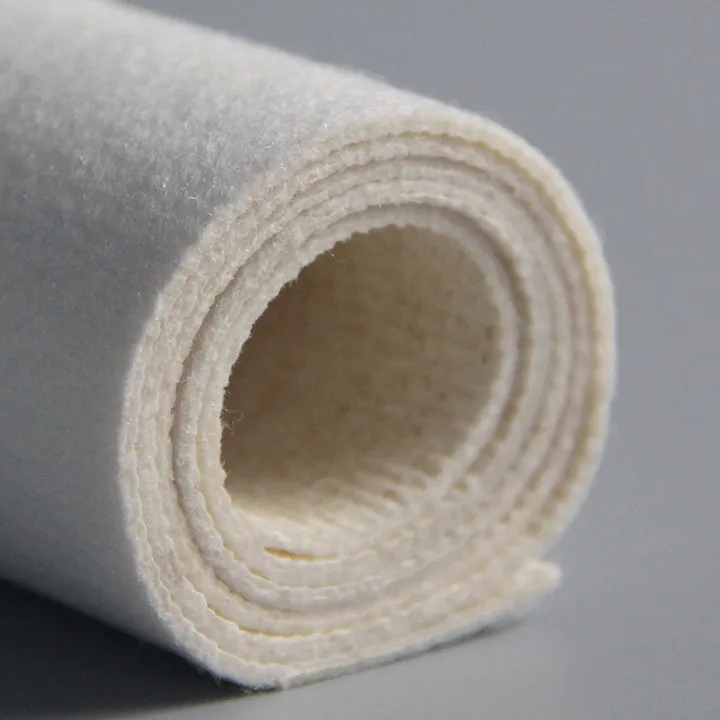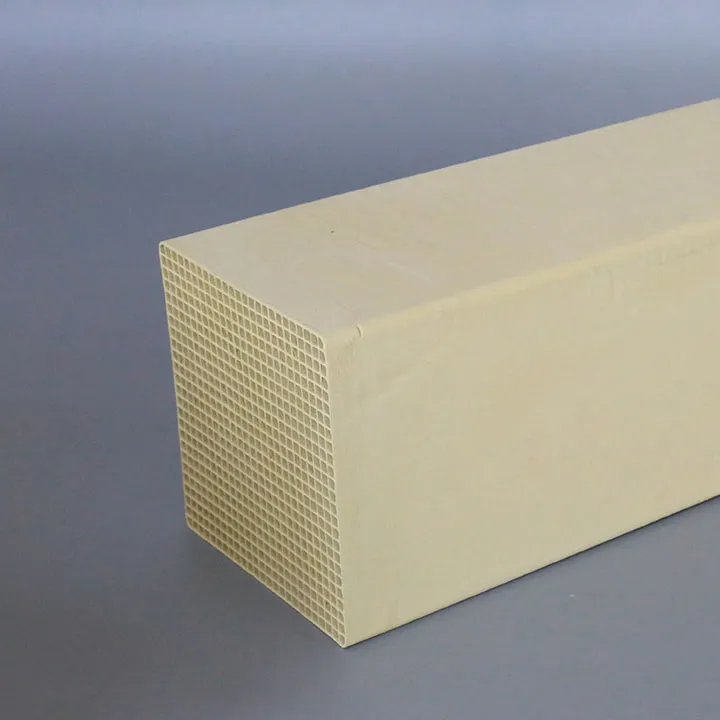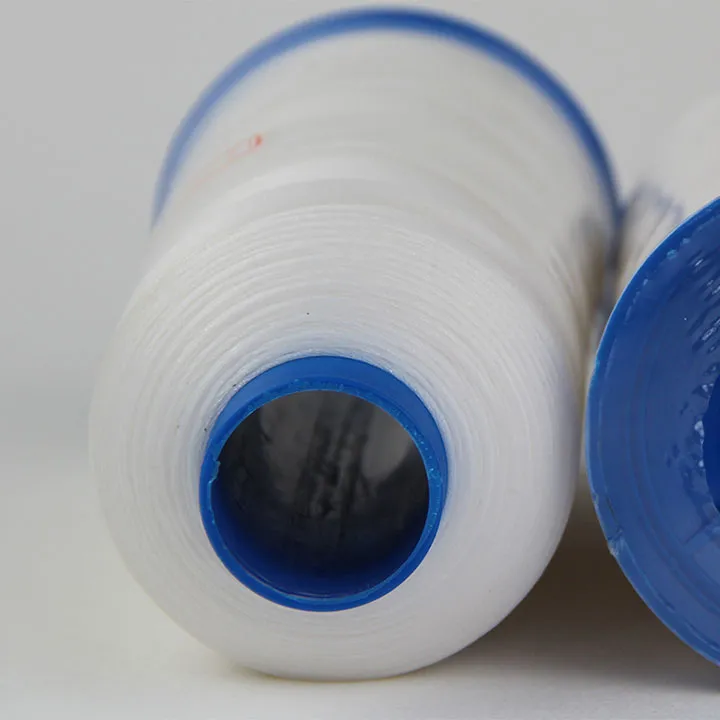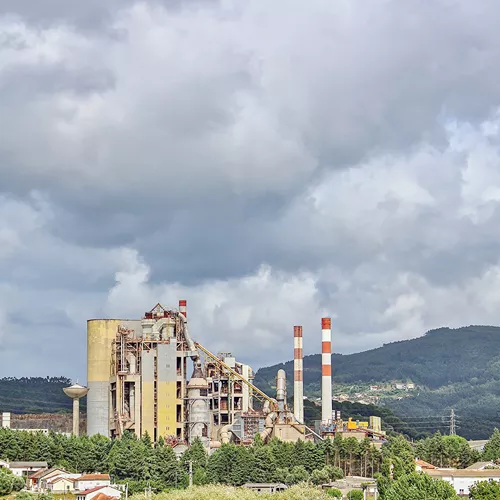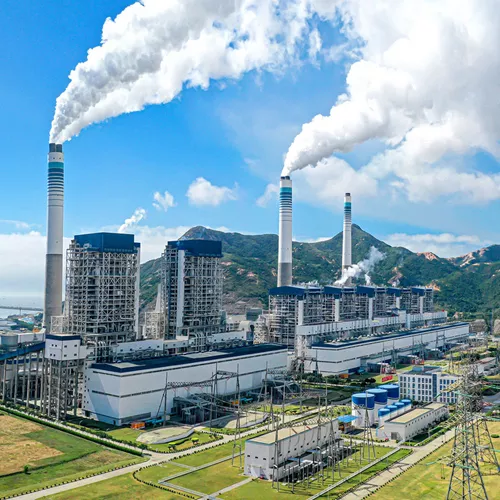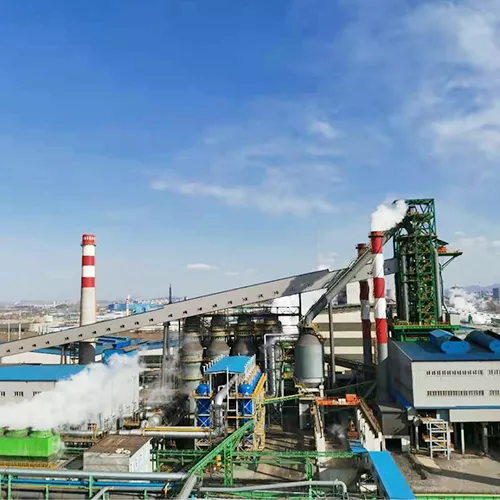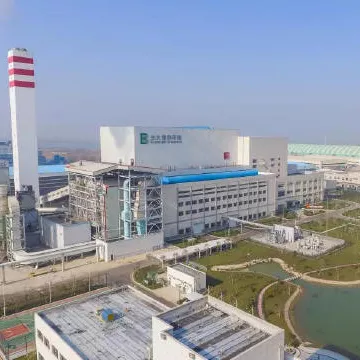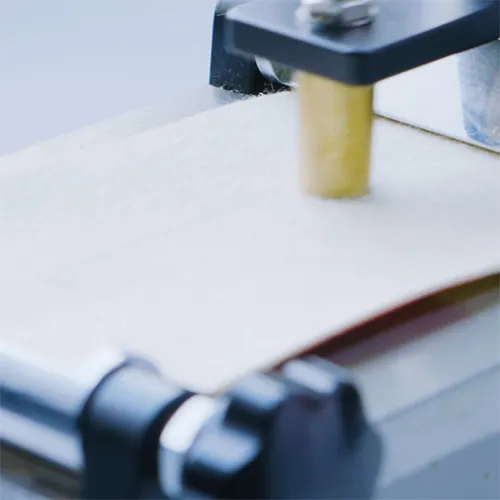Reduza as emissões e economize custos: como escolher os sacos de filtragem de pó certos?
As environmental protection requirements become increasingly stringent, companies are increasingly eager to reduce emissions. Dust bags, as one of the core components of industrial dust removal equipment, not only play a key role in purifying dust and reducing pollution, but also directly affect the company’s operating costs and environmental compliance. So, how should companies choose the right dust bags to save costs while ensuring efficient dust removal? This article will provide you with practical purchase guidance from the perspectives of material selection, performance matching, and maintenance costs.
1. O material é a chave: escolha materiais adequados às condições de trabalho
O primeiro passo para escolher o saco de pó certo é a seleção do material. Sacos de diferentes materiais são adequados para diferentes condições de trabalho, e escolher o material certo pode afetar diretamente a vida útil do saco e o efeito de remoção de pó. A seguir estão vários materiais comuns e condições de trabalho aplicáveis:
1. Saco de feltro agulhado de poliéster: O saco de poliéster é um material comum de remoção de poeira, que é relativamente econômico e tem boa resistência ao desgaste e resistência a ácidos. É adequado para condições de trabalho com temperatura geral e menos poeira. No entanto, os sacos de poliéster não são resistentes a altas temperaturas e são propensos ao envelhecimento e à deformação em ambientes de alta temperatura acima de 300 °C.
2. Sacos de PPS (sulfeto de polifenileno): Os sacos de PPS têm excelente resistência a altas temperaturas e corrosão, e podem manter desempenho estável em altas temperaturas de 300°C. Eles são adequados para ambientes de alta temperatura e altamente corrosivos, como incineração de resíduos e caldeiras de usinas de energia. Embora o preço seja relativamente alto, os sacos de PPS podem melhorar significativamente os efeitos de remoção de poeira e a vida útil em ambientes severos, e reduzir a frequência de substituição e os custos de manutenção.
3. Sacos de PTFE (politetrafluoroetileno): Sacos de filtro de PTFE são conhecidos por sua excelente resistência a altas temperaturas e resistência à corrosão ácida e alcalina. Eles são particularmente adequados para ambientes de alta temperatura e altamente corrosivos, mas seus preços também são relativamente altos. Para condições de trabalho altamente corrosivas, como química e fundição, os sacos de PTFE podem se adaptar melhor a ambientes severos e estender sua vida útil. Eles são a única escolha para condições de trabalho de ponta.
4. Saco de feltro agulhado acrílico: Sacos de acrílico têm boa tolerância a gases ácidos e são frequentemente usados em poeira ácida e ambientes gerais de alta temperatura. Eles são adequados para necessidades de remoção de poeira de sistemas de dessulfurização de gases de combustão e plantas de ácido sulfúrico.
5. Ao selecionar materiais para sacos de pó, é recomendável selecionar materiais adaptáveis de acordo com as condições específicas de produção e os requisitos de emissão da empresa, o que pode não apenas reduzir efetivamente as emissões, mas também economizar custos de manutenção e substituição no uso a longo prazo.

2. Correspondência de desempenho: preste atenção à eficiência da filtragem e à permeabilidade do ar
Para escolher o saco de pó certo, você não deve apenas prestar atenção ao material, mas também considerar a eficiência de filtragem e a permeabilidade ao ar do saco. A eficiência de filtragem e a permeabilidade ao ar apropriadas afetarão diretamente o efeito da operação e o consumo de energia do sistema de remoção de pó.
1. Eficiência de filtragem: A eficiência de filtragem é um reflexo direto do efeito de remoção de poeira do saco. As empresas devem escolher sacos com eficiência de filtragem apropriada de acordo com os requisitos do padrão de emissão. Geralmente, a eficiência de filtragem de sacos de alta qualidade pode atingir mais de 99%, o que pode controlar efetivamente as emissões de poeira e atender aos padrões de emissão ambiental.
2. Permeabilidade ao ar: A permeabilidade ao ar afeta diretamente a resistência ao vento e o consumo de energia do equipamento de remoção de poeira. A permeabilidade excessiva ao ar fará com que a poeira penetre na bolsa, afetando a qualidade da emissão; enquanto a permeabilidade insuficiente ao ar aumentará a resistência ao vento do sistema, resultando em maior consumo de energia e até mesmo afetando a eficiência da produção. Portanto, bolsas com permeabilidade moderada ao ar devem ser selecionadas de acordo com fatores como a velocidade do vento, condições de trabalho e concentração de poeira do sistema de remoção de poeira.
3. Em termos de seleção de desempenho, é recomendado que as empresas escolham bolsas de alta eficiência e baixa resistência. Essas bolsas podem não apenas melhorar a eficiência de remoção de poeira, mas também reduzir o consumo de energia do ventilador, alcançando assim economia de energia e redução de consumo, ao mesmo tempo em que reduzem as emissões.
3. Preste atenção aos detalhes do processo dos sacos de remoção de pó
Depois que o material e o desempenho são determinados, o processo de fabricação da bolsa também precisa receber atenção, porque os detalhes do processo estão diretamente relacionados à vida útil da bolsa e ao efeito de remoção de poeira.
1. Processo de perfuração com agulha: A densidade e uniformidade da perfuração com agulha afetarão a qualidade da superfície e o desempenho de filtragem do saco. Sacos de alta qualidade geralmente usam processo de perfuração com agulha uniforme de alta densidade para tornar a superfície do saco mais densa e lisa, e não facilmente bloqueada por poeira.
2. Firmeza da costura: A firmeza da posição da costura da bolsa afetará diretamente sua vida útil. Bolsas com melhor acabamento geralmente usam linha resistente a altas temperaturas para costurar costuras, que são apertadas e firmes, podem suportar altas temperaturas e impacto de poeira e evitar substituição frequente.
3. Tratamento de superfície: Para melhorar o efeito de uso da bolsa, a superfície da bolsa também pode ser tratada, como laminação, tratamento antiestático, à prova d'água e à prova de óleo. Esses processos de tratamento podem aumentar os efeitos antiestáticos e antibloqueio da bolsa e são mais adequados para condições especiais de trabalho.
IV. Considerações sobre custos de manutenção: Uso razoável para prolongar a vida útil
A escolha de um saco de remoção de pó adequado é a base, e métodos corretos de manutenção e limpeza são meios importantes para estender a vida útil do saco. A seguir estão algumas sugestões eficazes de manutenção do saco:
1. Limpeza regular de poeira: Remova regularmente os depósitos de poeira na superfície e no interior do saco para evitar bloqueios e aumento da queda de pressão, e mantenha uma boa permeabilidade ao ar do saco. Especialmente em ambientes com muita poeira, a limpeza de poeira deve ser mais frequente.
2. Controle a temperatura de entrada e a umidade: A temperatura de uso do saco é um fator-chave em sua vida útil. É recomendado que as empresas controlem rigorosamente a temperatura do gás de combustão para evitar flutuações excessivas de temperatura. Além disso, minimize a quantidade de gás de combustão úmido que entra no sistema de remoção de poeira para evitar condensação e bloqueio.
3. Substitua os sacos danificados a tempo: quando os sacos estão gastos, rachados ou quebrados, a substituição oportuna pode evitar a operação de sobrecarga do equipamento, garantir a operação normal do sistema de remoção de poeira e reduzir o custo total do sistema.
V. Conclusão
Escolhendo o certo saco de remoção de pó não é apenas um requisito para conformidade ambiental, mas também um passo fundamental para as empresas reduzirem emissões e economizarem custos. Por meio de consideração abrangente de materiais de sacos, desempenho, processo e manutenção, as empresas podem estender a vida útil dos sacos enquanto melhoram a eficiência de remoção de poeira, alcançando assim uma produção eficiente e de baixo custo. Diante de uma variedade de opções de sacos, as empresas podem combinar suas próprias condições de trabalho e escolher sacos com alto desempenho de custo e desempenho estável, estabelecendo uma base sólida para uma produção verde e ecologicamente correta.



